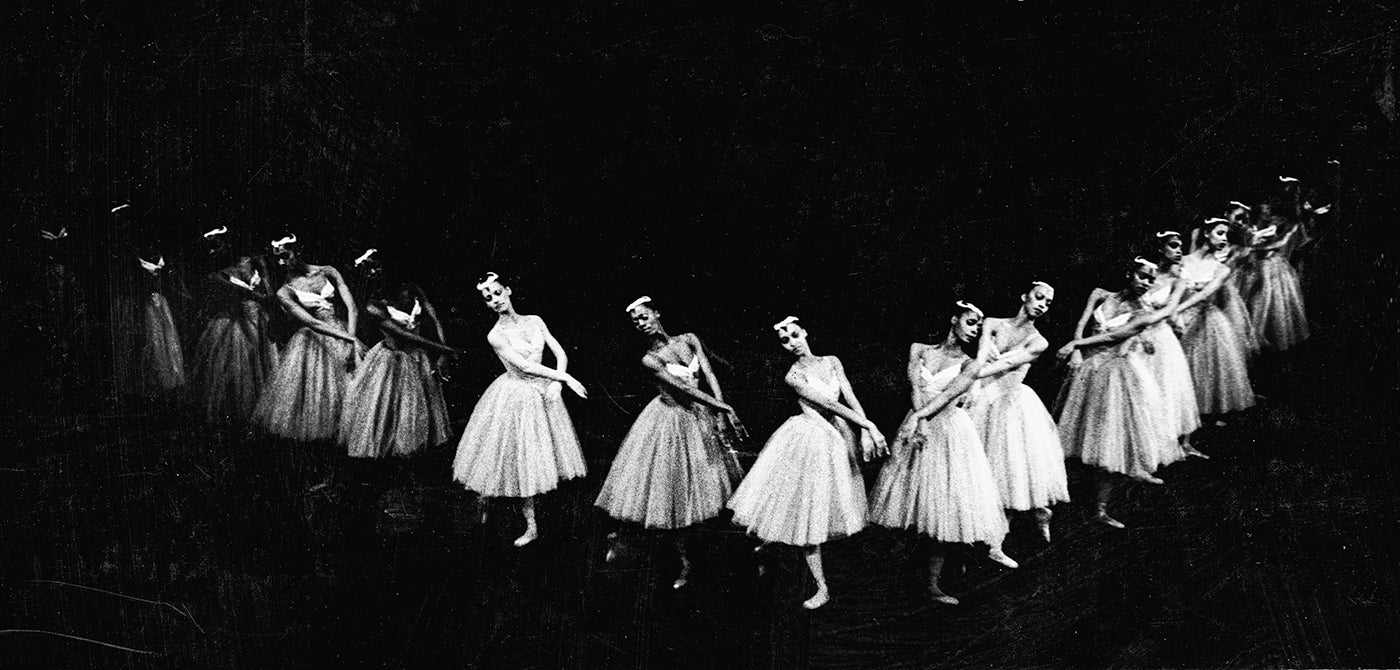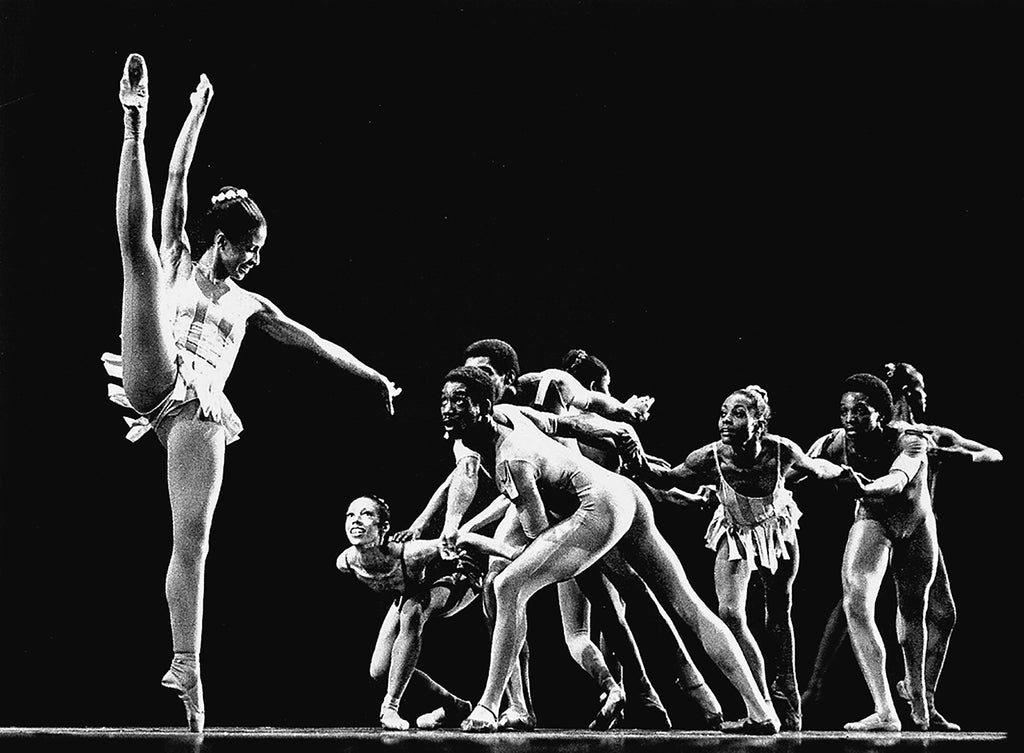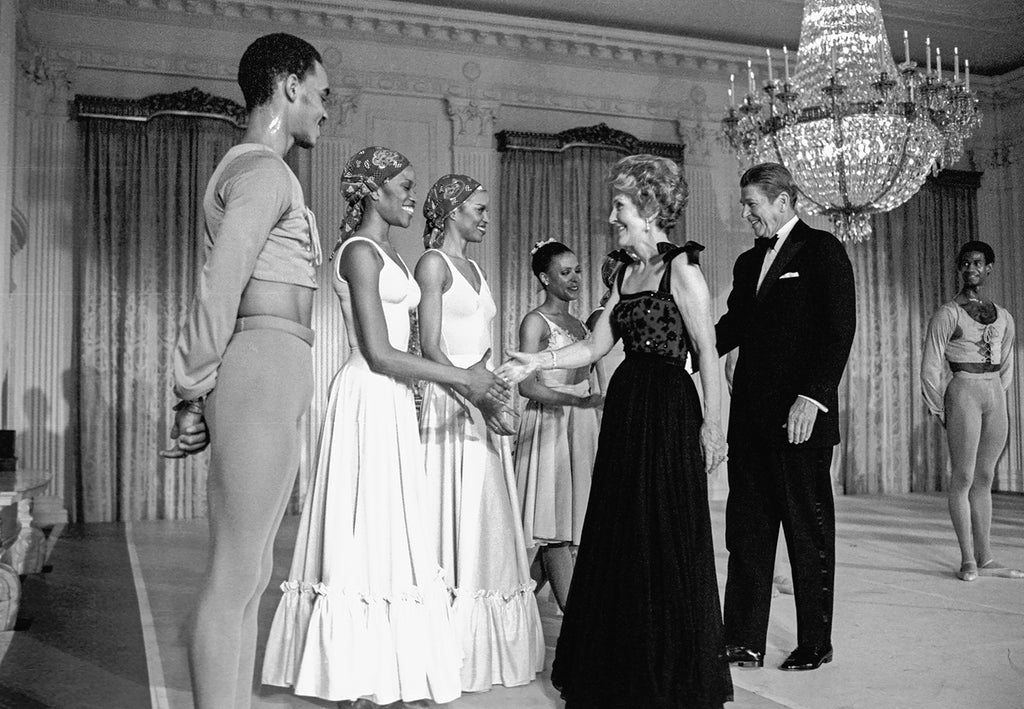Spellbound
Two performers crawl in on hands and knees wearing neon green, hooded coveralls—the lightweight papery kind made for working in a sterile environment—and clusters of balloons pinned to their backs.
Continua a leggere
World-class review of ballet and dance.
In her new biography, The Swans of Harlem, journalist Karen Valby is witness to the testimony of five pioneering Black ballerinas intimate with the founding history of Dance Theatre of Harlem. She shares their stories from childhood dreams to international stages to obscurity within the larger dance world with a palpable urgency. The mission seems to be somewhat contradictory: on one hand, to give these icons their due before it is too late and, on the other, to restore them to their rightful place in dance history. At intervals she reprises the realization of one of these ballerinas, Sheila Rohan, that she didn’t need to be the star ballerina—“It was enough that I was there. I was there. I was there.”



Two performers crawl in on hands and knees wearing neon green, hooded coveralls—the lightweight papery kind made for working in a sterile environment—and clusters of balloons pinned to their backs.
Continua a leggereWill Rawls makes boundaries visible by defying them. Known for the disciplinary and topical range of his projects, the choreographer, director, and performer approaches issues of representation in “[siccer],” a multi-part, multi-site work co-presented by L’Alliance New York’s Crossing the Line Festival. A live performance at Performance Space New York accompanies a multimedia installation at the Kitchen, a book published by Wendy’s Subway, and an album published by the artist. With a creative process reaching back to 2018, the work delves explicitly into pandemic-era energies and inertias with focused intimacy and a pervasive sense of instability.
Continua a leggereIt is always interesting when multiple theme steps emerge over the course of a mixed repertory evening, but it is uncanny on one featuring five different ballets, each with a different choreographer and composer, covering a twenty-year span (2005-2025).
Continua a leggereZvidance premiered its new work “Dandelion” mid-November at New York Live Arts. Founded by Zvi Gotheiner in 1989, Zvidance has been a steady presence in the New York contemporary dance scene, a reliable source of compositional integrity, and a magnet for wonderful dancers.
Continua a leggere
Thank you for this detailed, thoughtful, and thought provoking review of a complex and groundbreaking chapter of ballet history. I learned a lot. It makes me want to read The Swans of Harlem to learn much more.